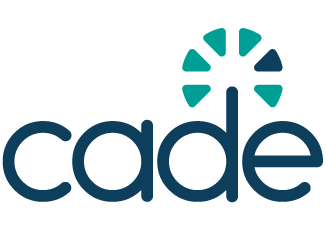Digital equality in Australia: Understanding the latest accessibility guidelines
The Australian Human Rights Commission has introduced updated guidelines to assist organizations and businesses in fulfilling their legal obligations under the Disability Discrimination Act 1992 (Cth) concerning digital products and services.

The Australian Human Rights Commission has introduced updated guidelines to assist organizations and businesses in fulfilling their legal obligations under the Disability Discrimination Act 1992 (Cth) concerning digital products and services. These ‘Guidelines on equal access to digital goods and services‘ reflect advancements in technologies such as AI, facial recognition, mobile apps, social media, and self-service machines.
Developed in collaboration with digital accessibility experts Intopia and consultations with advisory groups, including technical experts, users with disabilities, and disability organisations, the guidelines aim to be practical and comprehensive. They are intended for a wide audience, including creators, operators, and providers of digital products and services; suppliers of relevant hardware and software; employers deploying digital technologies; and compliance professionals.
Key aspects of the guidelines:
- Scope of digital products covered: The guidelines define digital products broadly, encompassing websites, mobile applications, digital documents, emails, cloud-based services, artificial intelligence platforms, biometric technologies like facial recognition, and digital interfaces to physical devices such as kiosks and ATMs. This extensive coverage ensures that all digital touchpoints are considered in accessibility planning.
- Legal obligations under the disability discrimination act: The Disability Discrimination Act 1992 (Cth) prohibits discrimination against individuals with disabilities in various areas, including the provision of goods and services. The guidelines emphasize that organizations must not only avoid direct discrimination but also address indirect discrimination by making reasonable adjustments to their digital offerings. Failure to do so may constitute unlawful discrimination.
- International standards and best practices: The guidelines align with international standards, notably the Web Content Accessibility Guidelines (WCAG), which serve as the benchmark for web accessibility. Adhering to these standards helps organizations meet legal obligations and fosters inclusivity.
- Recommendations for achieving equal access: To provide equal access, organizations are advised to:
- Perceivable: Ensure that information and user interface components are presented in ways users can perceive, accommodating various sensory abilities.
- Operable: Design user interface components and navigation that users can operate, considering diverse physical abilities.
- Understandable: Present information and the operation of user interfaces in ways users can understand, catering to varying cognitive abilities.
- Robust: Develop content that can be reliably interpreted by a wide variety of user agents, including assistive technologies.
- Role of reasonable adjustments: Organizations are encouraged to proactively identify and implement reasonable adjustments to their digital products and services. These adjustments might include alternative text for images, captioning for videos, or adaptable navigation options. The goal is to remove barriers and provide equitable access for all users.
- Benefits beyond compliance: Beyond legal compliance, embracing digital accessibility offers business advantages. It enhances user experience, broadens market reach, and builds trust and loyalty among customers. Designing accessible digital products is not just a regulatory requirement but also a strategic business decision that benefits the wider community.


